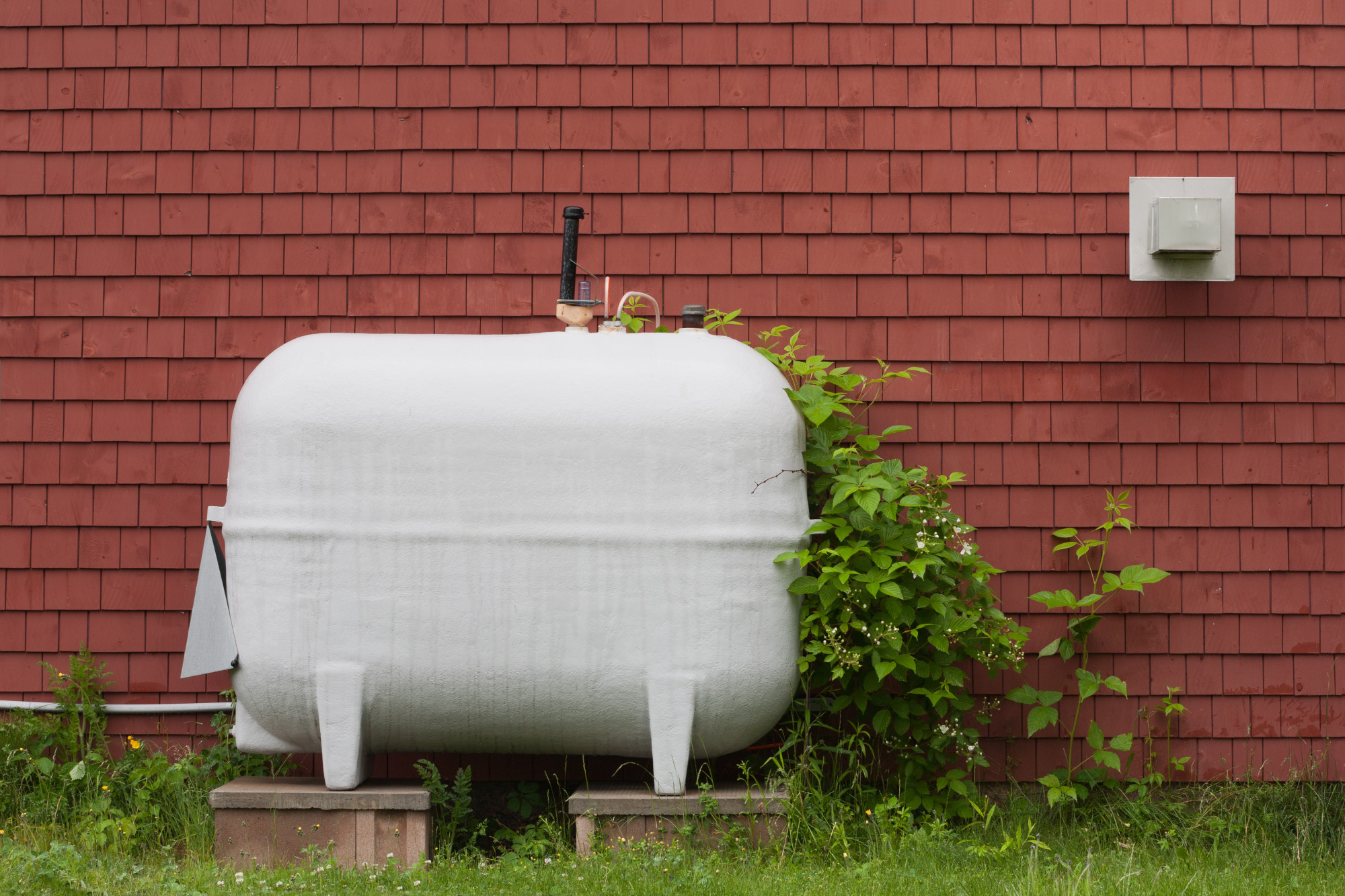MEDICAL MANAGEMENT OF RADIOLOGICAL CASUALTIES
HANDBOOK
Military Medical Operations Office
Armed Forces Radiobiology Research Institute
Bethesda, Maryland 20889–5603
http://www.afrri.usuhs.mil
December 1999
DEPLETED URANIUM
Depleted uranium (DU) is neither a radiological nor chemical threat. It is not a weapon of mass destruction. It is contained in this manual for medical treatment issues. DU is defined as uranium metal in which the concentration of uranium-235 has been reduced from the 0.7% that occurs naturally to a value less than 0.2%. DU is a heavy, silvery-white metal, a little softer than steel, ductile, and slightly paramagnetic. In air, DU develops a layer of oxide that gives it a dull black color.
DU is useful in kinetic-energy penetrator munitions as it is also pyrophoric and literally ignites and sharpens under the extreme pressures and temperatures generated by impact. (The fact that tungsten penetrators do not sharpen on impact—but in fact mushroom—is one reason they are less effective for overcoming armor.) As the penetrator enters the crew compartment of the target vehicle, it brings with it a spray of molten metal as well as shards of both penetrator and vehicle armor (spall), any of which can cause secondary explosions in stored ammunition.
After such a penetration, the interior of the struck vehicle will be contaminated with DU dust and fragments and with other materials generated from armor and burning interior components. Consequently, casualties may exhibit burns derived from the initial penetration as well as from secondary fires. They also may have been wounded by and retain fragments of DU and other metals. Inhalation injury may occur from any of the compounds generated from metals, plastics, and components fused during the fire and explosion.
Wounds that contain DU may develop cystic lesions that solubilize and allow the absorption of the uranium metal. This was demonstrated in veterans of the Persian Gulf War who were wounded by DU fragments. Studies in scientific models have demonstrated that uranium will slowly be distributed systemically with primary deposition in the bone and kidneys from these wounds.
Radiation from DU
DU emits alpha, beta, and weak gamma radiation. Due to the metal’s high density, much of the radiation never reaches the surface of the metal. It is thus “self-shielding.” Uranium-238, thorium-234, and protactinium-234 will be the most abundant isotopes present in a DU-ammunition round and its fragments.
Internalized DU
Internalization of DU through inhalation of particles in dust and smoke, ingestion of particles, or wound contamination present potential radiological and toxicological risks. Single exposures of 1 to 3 µg of uranium per gram of kidney can cause irreparable damage to the kidneys. Skeletal and renal deposition of uranium occurs from implanted DU fragments. The toxic level for long-term chronic exposure to internal uranium metal is unknown, but no renal damage has been documented to date in test models or Gulf War casualties.
The heavy-metal hazards are probably more significant than the radiological hazards. For insoluble compounds, the ingestion hazards are minimal because most of the uranium will be passed through the gastrointestinal tract unchanged. This may not be the case with inhaled DU, as heavy metal may be its primary damaging modality. The normally issued chemical protective mask will provide excellent protection against both inhalation and ingestion of DU particles.
Intact DU rounds and armor are packaged to provide sufficient shielding to stop the beta and alpha radiations. Gamma-radiation exposure is minimal; crew exposures could exceed limits for the U.S. general population (1 mSv) after several months of continuous operations in an armored vehicle completely loaded with DU munitions. The maximum annual exposure allowed for U.S. radiation workers is 50 mSv. Collection of expended DU munitions and fragments as souvenirs cannot be allowed.
Treatment
Sodium bicarbonate makes the uranyl ion less nephrotoxic. Tubular diuretics may be beneficial. DU fragments in wounds should be removed whenever possible. Laboratory evaluation should include urinalysis, 24-hour urine for uranium bioassay, serum BUN creatinine, beta-2-microglobulin, creatinine clearance, and liver function studies.
Management of DU Fragments in Wounds
All fragments greater than 1 cm in diameter should be removed if the surgical procedure is practical. Extensive surgery solely to remove DU fragments is NOT indicated. If DU contamination is suspected, the wound should be thoroughly flushed with irrigating solution.
If a DU fragment is excised after wound healing has occurred, care should be taken to not rupture the pseudocyst that may be encapsulating the DU fragment. In experimental studies, this cyst is filled with a soluble-uranium fluid. Capsule tissue is often firmly adhered to the remaining metal fragment.









